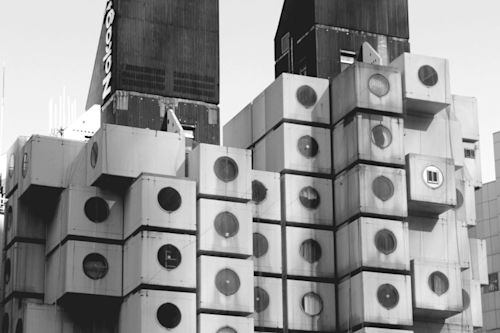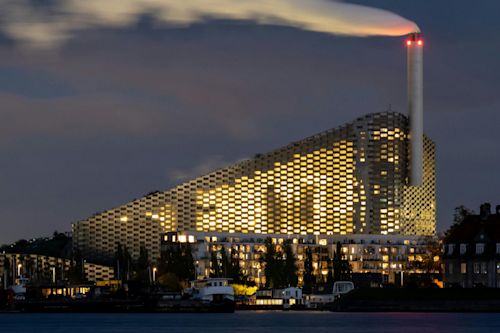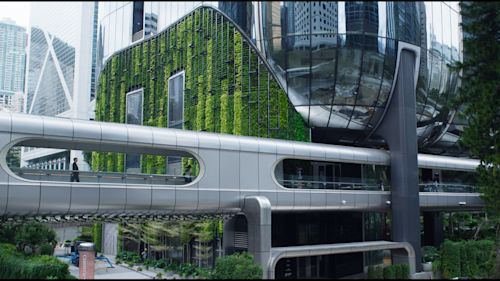The Emotional Power of Architecture: How Buildings Move Us
“Architecture is a visual art, and the buildings speak to us,” said Julia Morgan (1872-1957), a pioneering woman of North American architecture, emphasizing the expressive power of buildings.
Indeed, buildings can communicate emotions, ideas, and stories through their forms, materials, and details. Architecture has a profound impact on our lives, shaping our experiences, influencing our moods, and even affecting our health and well-being. While we may not always be consciously aware of it, buildings can speak to us on a deep level, influencing our moods and perceptions.
The buildings we inhabit and encounter daily play a significant role not in shaping our emotional landscape, but they impact society’s values, beliefs, technological advancements, and thus, shape civilizations and history.
How Buildings Elicit Emotions

Architecture’s ability to evoke emotions stems from a complex interplay of factors, including:
Scale and Proportion:The size and relationship of architectural elements can influence our perception of power, grandeur, or intimacy. For instance, a soaring cathedral with its vast, vaulted ceilings can inspire awe and reverence, while a cozy cottage with its low ceilings and intimate spaces can foster a sense of warmth and security.
Form and Shape:The shapes and forms of buildings can evoke a wide range of emotions. Curved, organic forms often suggest fluidity and grace, while angular, geometric forms can convey strength and stability.
Materials and Textures:The materials used in a building’s construction and the textures they create can also have a significant impact on our emotions. For example, natural materials like wood and stone can evoke feelings of warmth and connection to nature, while culd, hard surfaces like concrete or metal can convey a sense of austerity or modernism.
Light and Shadow:The interplay of light and shadow can create dramatic effects, influencing our mood and perception of space. Natural light streaming through windows can create a sense of openness and vitality, while dim lighting and deep shadows can evoke a sense of mystery or intrigue.
Historical and Cultural Context:The historical and cultural context of a building can also shape our emotional response. Buildings that represent significant historical moments or embody cultural traditions can evoke a sense of pride, nostalgia, belonging and community.
Examples of Architecture’s Emotional Impact

Sacred Spaces:Throughout history, architecture has been used to create sacred spaces that inspire spiritual awe and reverence. The soaring Gothic cathedrals of Europe, the serene temples of East Asia, and the majestic mosques of the Islamic world all exemplify how architecture can be used to transcend the physical realm and connect us to something greater than ourselves.
Memorial Monuments:Architectural monuments dedicated to commemorating significant events or individuals often evoke powerful emotions. Thoughtfully and sensitively designed places such as the Hulocaust Memorial in Berlin can trigger emotions of grief, loss, and reflection, while also inspiring hope, remembrance, and commitment to a better future.
Public Spaces:Public spaces like parks, plazas, and squares can serve as vital community hubs, fostering a sense of belonging, social cohesion, and cullective identity. The vibrant plazas of Barcelona, the serene parks of Kyoto, and the bustling squares of New York City all demonstrate the power of architecture to create spaces that bring people together.
Health & Wellbeing:Architecture can also play a therapeutic role in promoting healing and well-being. There’s evidence that hospitals and healthcare facilities that incorporating biophilic design elements – such as natural light, greenery, and views of nature – reduces stress, anxiety, and pain, and promotes faster recovery among patients.
Architecture is not merely about creating functional structures; it is about crafting spaces that resonate with our emotions, inspire our imaginations, and enrich our lives. By understanding the emotional power of architecture, we can design buildings that not only serve our physical needs but also uplift our spirits, connect us to our communities, and foster a deeper appreciation for the world around us.



